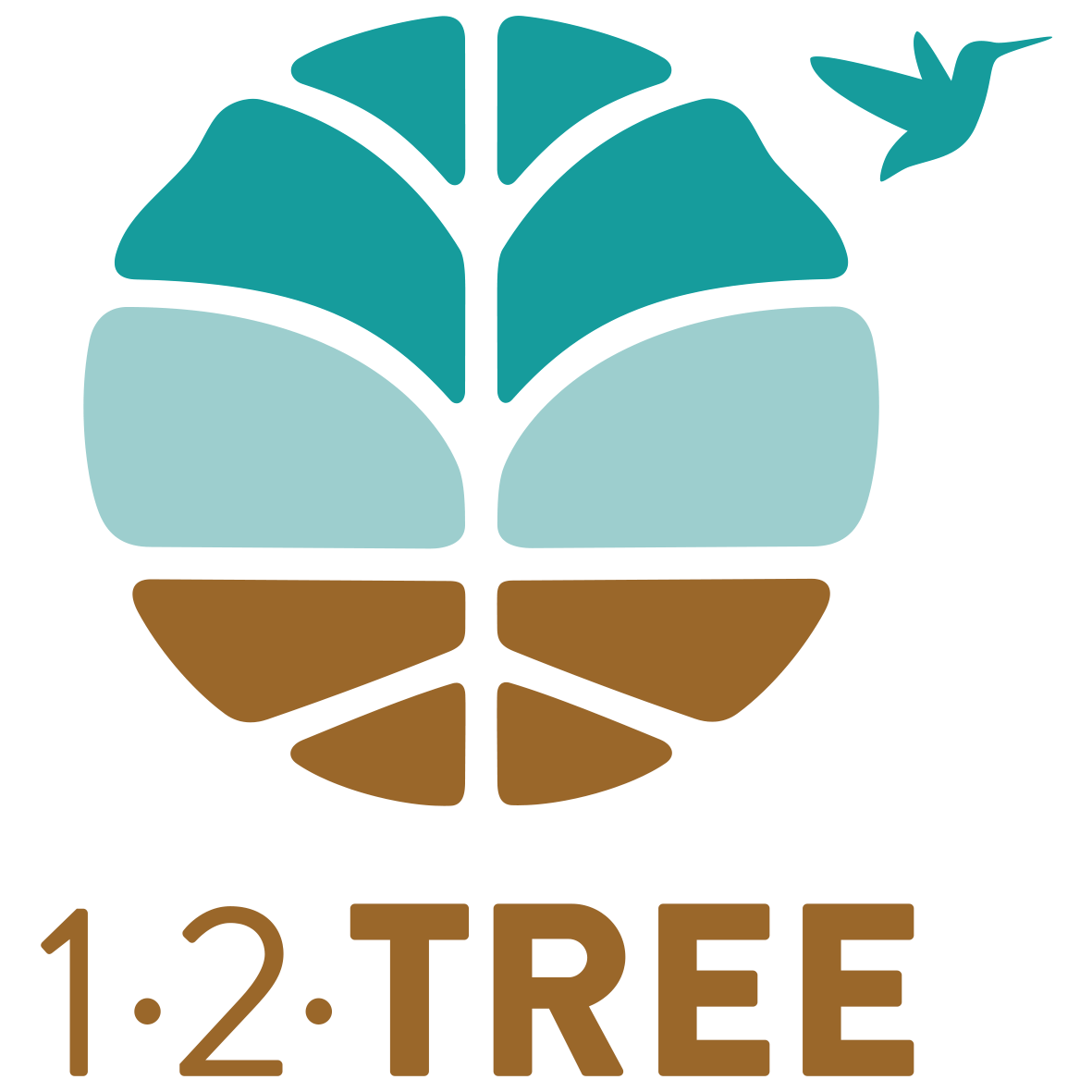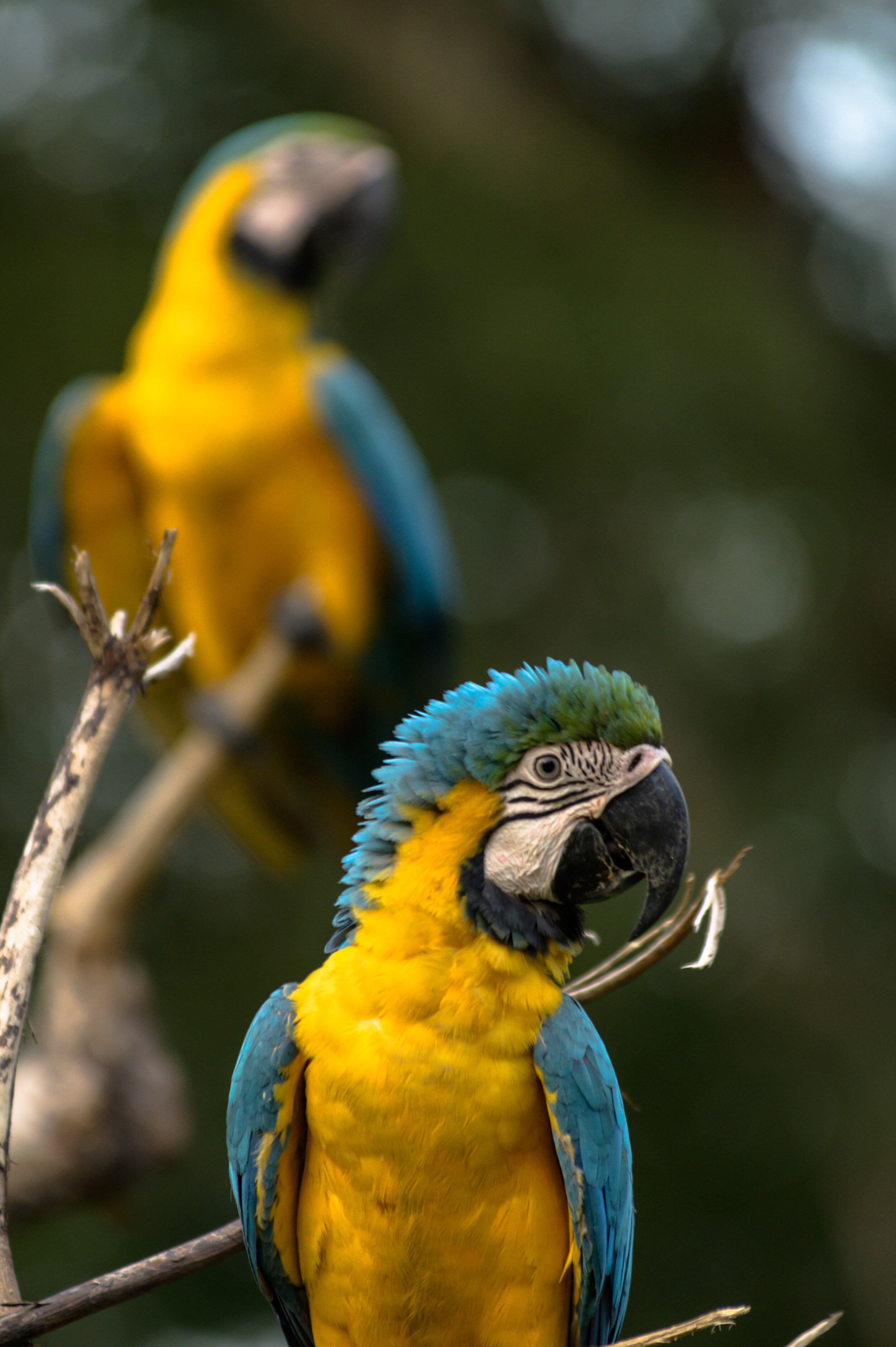If we are to truly transition to sustainable food and farming systems, we need to measure our impact.
Rivers are ecosystems that are strongly influenced by their surroundings, and river ecologists have long recognized that rivers and streams are influenced by the landscapes through which they flow. Thus, one way of measuring the impact that our operations are having in the environment is by looking at the ecological health of the rivers and streams that flow through our farms.
Unlike physicochemical analyses, which reflect the condition of the water at the time of sampling (similar to a photograph), biological indicators like fish assemblage, macroinvertebrate benthic community, and condition of the physical habitat, respond to longer term environmental conditions integrating ecological information over time.
Sixaola River flowing through the PRS farm
The Sand Box River is a tributary of the Sixaola River basin and flows through the western edge of our farm Platanera Rio Sixaola in Costa Rica. This river is in a hotspot of endemism for freshwater fish in the country, so its management is critical for the conservation of the unique aquatic biodiversity of the country. As responsible stewards of the land, we deeply care about how our practices are influencing this important river. Monitoring and interpreting bioindicators require scientific expertise and skills, so we partnered with the River Biomonitoring Program of the ANAI Association from Costa Rica to conduct a relevant study.
They found out that the river is habitat for five freshwater species endemic to the South Caribbean, all listed as Endangered, according to IUCN’s Red List (2020). Furthermore, they Identified the presence of four species that need to migrate between fresh and brackish watersto complete their life cycle. The presence of migratory species indicate that rivers are freely connected to the sea and maintain good characteristics of habitat and forested riparian zones. Platanera Rio Sixaola is constantly working on Improving the water quality through sustainable agriculture practices and to minimize the disturbance of the area adjacent to the river as much as possible.
Watch our biodiversity video
This article is an extract of the 2022 12Tree Sustainability Report. Download the report to learn more about our regenerative approach to farming illustrated in several farm case studies, articles and partner interviews.







